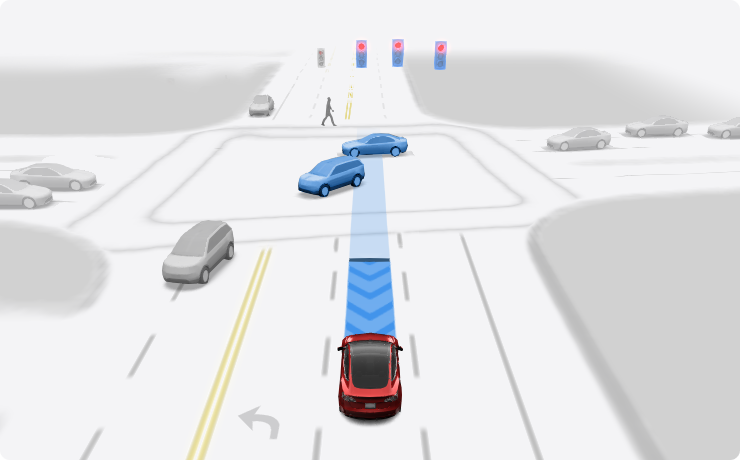The National Highway Traffic Safety Administration (NHTSA) has opened an investigation into Tesla’s Full Self-Driving (FSD) software after reports of crashes that occurred in poor visibility conditions, such as fog, sun glare, and dust. This inquiry affects approximately 2.4 million Tesla vehicles produced between 2016 and 2024 that have FSD software installed.
What’s Happening & Why This Matters
Tesla’s FSD system, marketed as an advanced driving feature, requires the driver to stay engaged and maintain control of the vehicle. However, the system has been involved in several collisions, prompting the NHTSA to investigate whether it can handle low-visibility scenarios effectively. The investigation follows reports of four crashes, one of which resulted in a fatality. Another incident caused an injury, and all crashes took place while FSD was engaged.
Tesla’s FSD is available as an optional software upgrade, priced at $8,000 or through a $199 per month subscription. Even Tesla’s upcoming Cybertruck, which recently gained FSD compatibility, is included in this probe. The NHTSA is focusing on determining whether Tesla’s FSD can accurately detect and respond to reduced visibility conditions. The agency is also reviewing whether recent software updates may have affected FSD’s performance.
Tesla’s CEO Elon Musk, who recently promoted the company’s ambitious vision of a future where fully autonomous vehicles operate without driver intervention, remains firm that FSD is a safe system. Tesla has rebuffed criticism and pointed to its internal data, claiming that FSD helps prevent accidents and saves lives. Despite this, Tesla has faced litigation in the past due to crashes involving its self-driving system. In one instance, Tesla settled a case from a 2018 fatal accident, and in another fatal crash in 2019, the NHTSA confirmed that Tesla’s Autopilot was engaged seconds before the collision.
TF Summary: What’s Next
The NHTSA’s investigation could lead to a formal recall of Tesla vehicles if the FSD is deemed unable to handle low-visibility conditions safely. This would mark a significant regulatory challenge for Tesla, which has long promoted FSD as a leap towards fully autonomous driving. For now, Tesla will have to address growing concerns about its system’s safety and performance, particularly in adverse driving conditions. Future developments will likely focus on how FSD software can be refined to prevent similar accidents.
— Text-to-Speech (TTS) provided by gspeech


